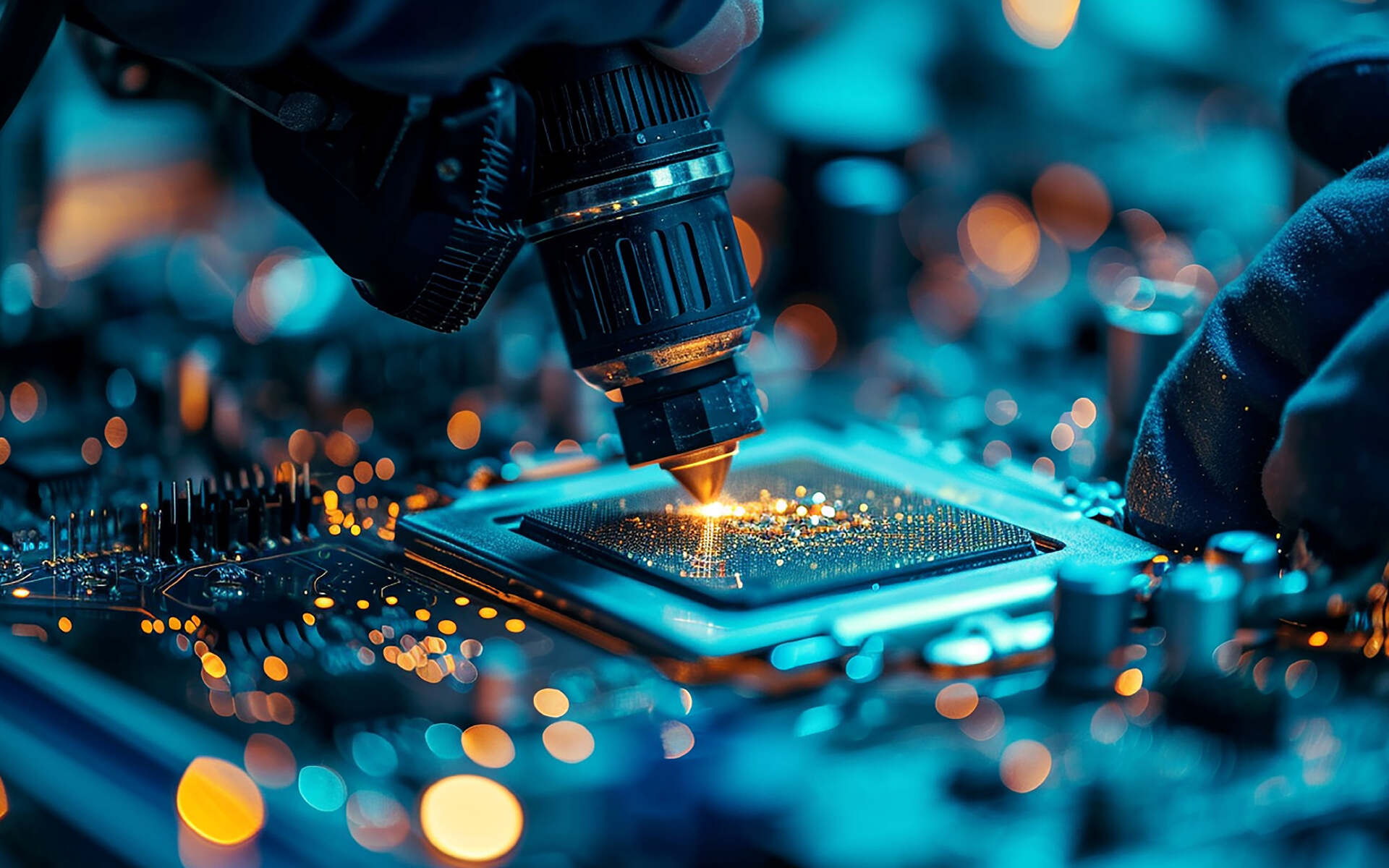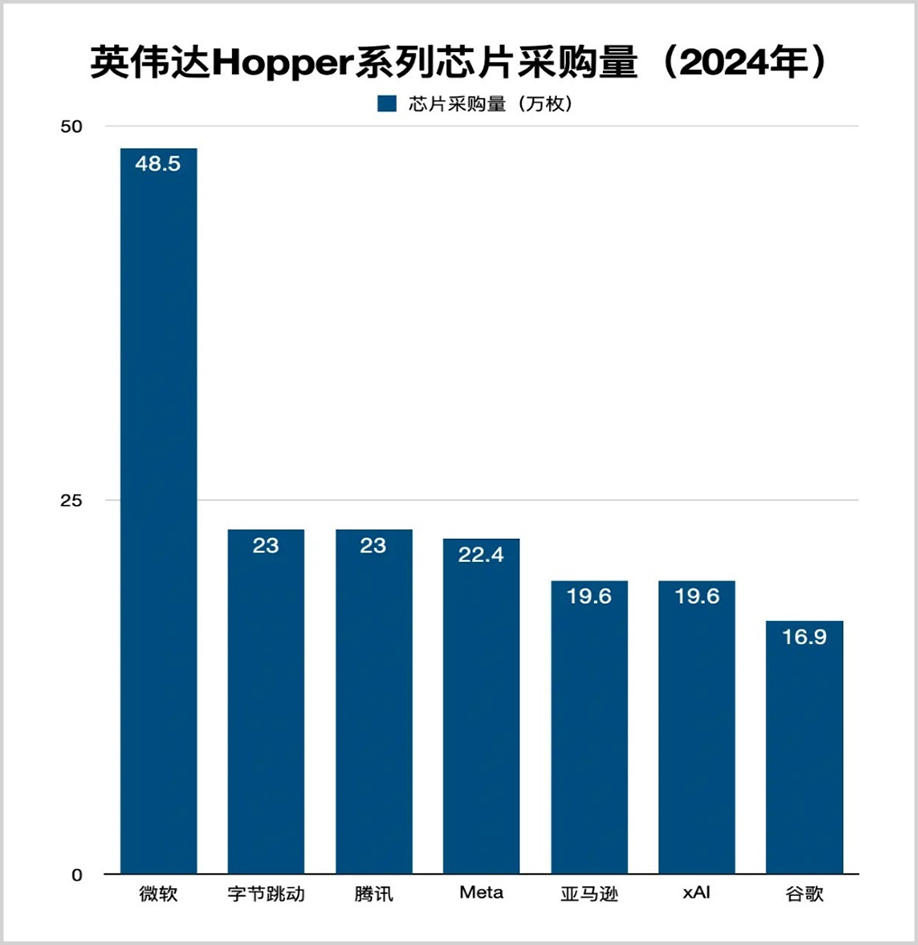The Significance of China to NVIDIA
![]() 04/22 2025
04/22 2025
![]() 496
496

On April 17, NVIDIA CEO Jen-Hsun Huang made an urgent visit to Beijing, following a three-month absence.
During his previous visit to China, Huang had traversed from Shenzhen to the north, engaging in various activities. However, this time, a somber tone prevailed.
[Chinese Market in Turmoil]
On the morning of April 16, NVIDIA disclosed in an 8-K filing submitted to the U.S. Securities and Exchange Commission (SEC) that it had received notification from the Trump administration, informing the company that future exports of H20 chips to China would be indefinitely suspended without permission.
In 2022, under Biden's semiconductor export controls targeting China, NVIDIA specifically designed the H20 to comply with these restrictions. Essentially, the H20 is a "downgraded version" of NVIDIA's flagship H100 chip.
Although the H20 lags behind the flagship AI chips H100 and H800 in computing power, interconnect speed, and bandwidth (with less than 15% of H100's computing power), it remains the most potent of the three GPUs NVIDIA developed for the Chinese market and enjoys high market acceptance.
Data indicates that in 2024, NVIDIA sold H20 chips worth between $12 billion and $15 billion, significantly boosting its revenue in China. According to the latest financial report, NVIDIA's revenue in China for the 2024 fiscal year reached $17.108 billion, an all-time high, making China NVIDIA's fourth-largest source of global revenue.
Entering 2025, the Chinese market surged again, with NVIDIA selling $16 billion worth of H20 chips to China in the first quarter alone.
Banning sales to China amounts to self-destruction and severing one's own future prospects.
Globally, China and the United States are the most active and willing investors in computational power. According to data from international market research firm Omdia, the top five buyers of NVIDIA's Hopper series chips in 2024 were Microsoft (485,000 units), ByteDance (230,000 units), Tencent (230,000 units), Meta (224,000 units), and Amazon (196,000 units).

Moreover, the future and potential of China's investment in computational power far surpass those of the United States.
In the fourth quarter of 2024, Tencent and Alibaba's capital expenditure growth rates reached 386% and 258%, respectively, ranking first and second among major global tech companies. According to Caijing Magazine, the total capital expenditure of ByteDance, Alibaba, and Tencent is expected to grow by approximately 69% in 2025, while Amazon, Microsoft, Google, Meta, and Oracle's total capital expenditure is expected to grow by only about 29% this year.
Under normal circumstances, NVIDIA would continue to generate substantial profits from the Chinese market annually. However, Trump's regressive policies have shattered these aspirations.
Wall Street was up in arms, and NVIDIA's stock price plummeted upon opening, losing $1.3 trillion in value in a single day. This was undoubtedly a severe blow to NVIDIA, whose market value has already shrunk by one-third this year.
In fact, the negative impact of decoupling from China on NVIDIA extends far beyond these financial losses.
While NVIDIA is renowned for its powerful graphics cards, the true cornerstone of its AI empire is CUDA.
CUDA, introduced by NVIDIA in 2006, is a parallel computing platform and programming model that enables developers to write code directly on GPUs, significantly enhancing computing speed. The more developers utilizing CUDA, the more powerful it becomes, attracting more software to actively adapt to CUDA, creating a virtuous cycle.
After nearly two decades of iteration and accumulation, CUDA has developed unique capabilities. NVIDIA has locked in the hardware market through the CUDA software ecosystem, where using CUDA necessitates purchasing NVIDIA's graphics cards, akin to how using the iOS system necessitates buying an iPhone. Currently, the CUDA ecosystem boasts approximately 4.3 million developers, with 1.5 million from China, accounting for over 30%, making it a vital cornerstone.
Absent any unforeseen circumstances, CUDA will only grow stronger as developers become more familiar with the ecosystem, and NVIDIA's capabilities are difficult to replace. However, forced decoupling would alter the narrative, as security always takes precedence over development.
Losing Chinese developers would also be a significant loss for NVIDIA.
What worries Huang even more is that his Chinese competitors are poised to step in and take his place.
[From Catching Up to Surpassing]
Although there is still a gap in single-card performance between domestic and NVIDIA chips, in the context of the overall global GPU shortage, single-card performance is relatively less critical. Multi-card cluster interconnection can quickly narrow the gap in computing power or even surpass it.
On April 10, Huawei officially launched the CloudMatrix 384 super node.
A super node interconnects traditional single nodes (such as 8-card Ascend servers) through a new high-speed bus in a tightly coupled manner, forming a single logical computing unit. This architecture transcends the boundaries of physical servers, enabling resource pooling and peer-to-peer interconnection, thereby significantly increasing computing power. Built on 384 Ascend chips, CloudMatrix 384 is currently the largest commercial super node in China, surpassing NVIDIA's NVL72 in scale, computing power, and performance.
Data reveals that CloudMatrix 384 achieves a computing power scale of up to 300 PFlops, a 67% increase compared to NVL72's 180 PFlops.
According to a previous report by the Financial Times, Huawei's yield rate for its latest AI chip, Ascend 910C, has increased to 40%, doubling from 20% a year ago. In 2025, Huawei plans to mass-produce 100,000 910C and 300,000 910B chips, compared to 0 and 200,000 in 2024, respectively.
On the software ecosystem front, Huawei's Ascend's heterogeneous computing architecture CANN is comparable to NVIDIA's CUDA + CuDNN core software layer. In 2024, the entire ecosystem underwent another upgrade, successfully releasing CANN 8.0 and MindSpore 2.4 versions. By the end of last year, the number of Kunpeng and Ascend developers had exceeded 6.65 million.
With capacity, technology, and ecosystem all on the rise, it's only a matter of time before Huawei replaces NVIDIA.
In fact, Huawei was ahead of NVIDIA before being sanctioned.
In 2019, when the Ascend 910 was first introduced, its half-precision (FP16) computing power reached 256 TFLOPS, making it the most powerful AI processor at the time, doubling the 125 TFLOPS of NVIDIA's flagship Tesla V100 GPU. If not for the US government's intervention, it would be questionable who would stand at the center of the global computational power stage today.
Your opponent always knows your strength best.
Since 2024, NVIDIA has listed Huawei as a competitor for two consecutive years, and Huang has praised Huawei as China's most powerful tech company in interviews with foreign media.
Huang is well aware that if NVIDIA withdraws from the Chinese market, Huawei will swiftly fill the void.
That's why he made an unexpected visit to Beijing and clearly expressed his desire to continue cooperating with China during the April 17 talks.
Ultimately, China can already do without NVIDIA, but NVIDIA still cannot do without China.
Disclaimer
This article involves content related to listed companies, based on the author's personal analysis and judgment of information publicly disclosed by the listed companies in accordance with legal requirements (including but not limited to temporary announcements, periodic reports, and official interaction platforms). The information or opinions in this article do not constitute any investment or other business advice. Market Value Observer does not assume any responsibility for any actions taken based on this article.
——END——







